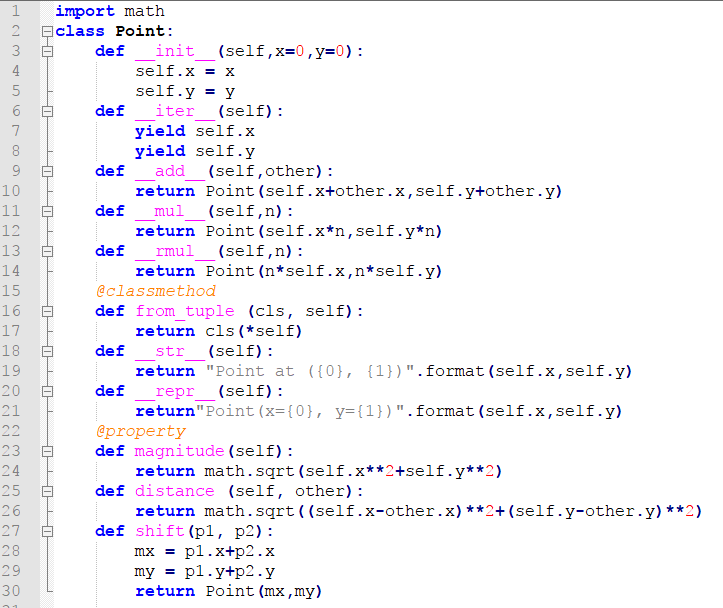


Notice that the resulting value is not entirely accurate, as it should just be 0.23. The same can be done for any other base, like hexadecimal (base 16): > int( '6C', base= 16)Ĭonverting string literals to floats is done via the float() function: > x = "23.23" > y = "23.00" > z = float(x) - float(y) For example, we can convert the following binary string to a base 10 integer using the base parameter: > int( '1101100', base= 2) The int() function does have another useful feature than just converting strings to integers, it also allows you to convert numbers from any base to a base 10 integer. ValueError: invalid literal for int() with base 10: '23.4'

This same exception will even be raised if a valid float string is passed: ValueError: invalid literal for int() with base 10: '23a' If there are any non-numeric characters in your string then int() will raise an exception: > x = "23a" > z = int(x) This works as expected when you're passing a string-representation of an integer to int(), but you'll run in to trouble if the string you pass doesn't contain an integer value. Just pass the string as an argument: > x = "23" > y = "20" > z = int(x) - int(y) If you want to convert a string to an integer, the simplest way would be to use int() function. Before Python 3, the top boundary was 2 31-1 for 32-bit runtimes and 2 63-1 for 64-bit runtimes.įloats have unlimited length as well, but a floating-point number must contain a decimal point.Ĭomplex numerics must have an imaginary part, which is denoted using j: > integerFirst = 23 > floatFirst = 23.23 > complextFirst = 1 + 23j Converting Strings to Numerics Using the int() Function Since Python 3, integers are unbounded and can practically hold any number. Integers can be a positive or negative whole number. Strings in Python are really just arrays with a Unicode for each character as an element in the array, allowing you to use indices to access a single character from the string.įor example, we can access individual characters of these strings by specifying an index: > stringFirst = "Hello World!" > stringSecond = 'Again!' > stringFirstĪ numeric in Python can be an integer, a float, or a complex. String literals in Python are declared by surrounding a character with double (") or single quotation (') marks. Note: For simplicity of running and showing these examples we'll be using the Python interpreter. On top of this, there are a couple of other ways as well.īefore we get in to converting strings to numbers, and converting numbers to strings, let's first see a bit about how strings and numbers are represented in Python. The simplest way to do this is using the basic str(), int(), and float() functions. Python allows you to convert strings, integers, and floats interchangeably in a few different ways.


 0 kommentar(er)
0 kommentar(er)
